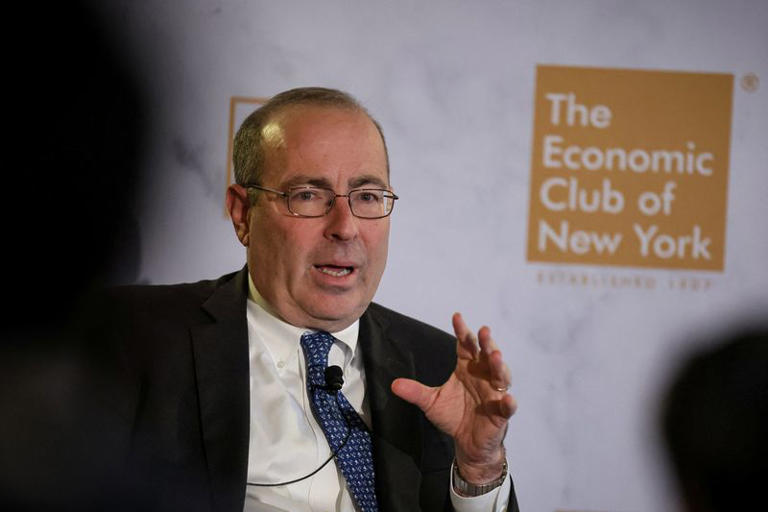Thomas Barkin, President of the Richmond Federal Reserve Bank, recently addressed the U.S. central bank’s stance on interest rates and inflation, emphasizing cautious and deliberate policy adjustments. Here are the key points from his remarks:
Current Policy and Inflation Outlook:
Barkin acknowledged that while the Fed’s series of interest rate hikes from March 2022 to July 2023 aimed to curb inflation, the effectiveness of these measures requires monitoring. Despite aggressive rate increases, inflation has moderated from its peak but remains above the Fed’s target of 2%. Recent data suggests a slight easing in inflation trends, but uncertainties persist regarding the persistence of inflationary pressures, especially in sectors like services and housing.
Fed’s Policy Rate and Economic Impact:
The Fed has maintained its policy rate in the range of 5.25% to 5.5% for nearly a year. Barkin highlighted that the U.S. economy has shown resilience despite higher borrowing costs, with the labor market remaining robust and consumer spending holding up. However, he cautioned that the bond market’s yield curve inversion, typically a sign of future economic weakness, has not been corroborated by a recessionary downturn.
Future Policy Considerations:
Looking ahead, Barkin refrained from specifying a timeline for potential rate cuts but emphasized the importance of agility in policymaking. He noted the complexities of economic forecasting, particularly in the aftermath of pandemic-induced disruptions and subsequent recoveries. Barkin hinted at a potential reassessment of the neutral rate (r-star), which could imply that the Fed might need to adjust its policy rate further to achieve the desired economic balance.
Conclusion:
In conclusion, Barkin stressed the need for cautious adjustments in monetary policy, balancing the need to control inflation with supporting economic growth. He underscored the Fed’s commitment to adapt to evolving economic data and emphasized flexibility in responding to new developments. As markets await further economic indicators, including updates on inflation from the personal consumption expenditures price index, Barkin’s insights provide valuable context for understanding the Fed’s current stance and future policy directions.
